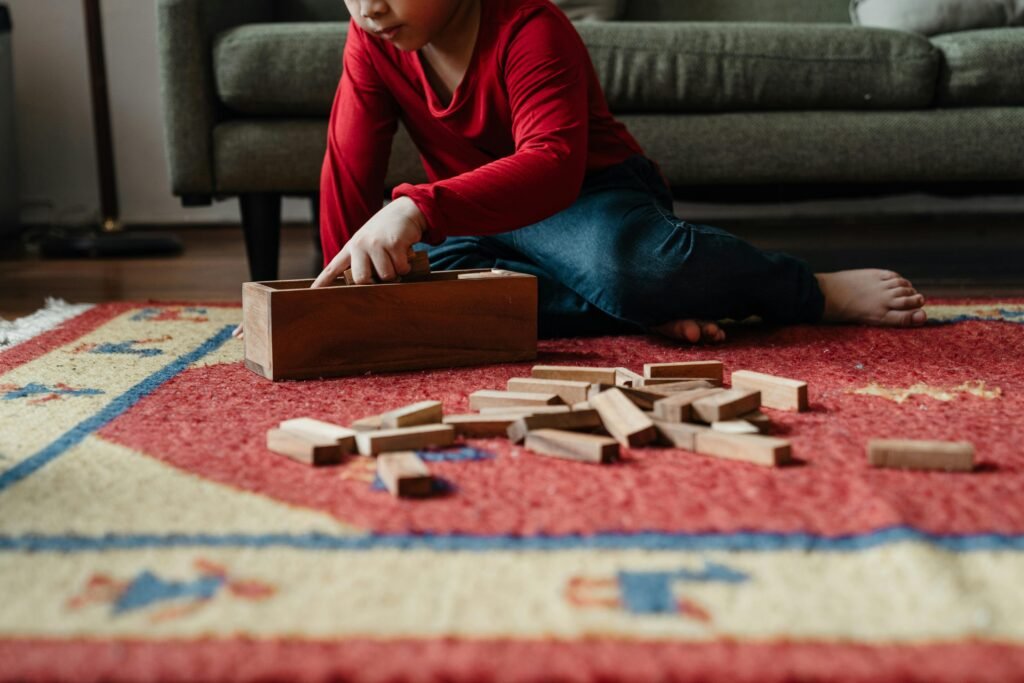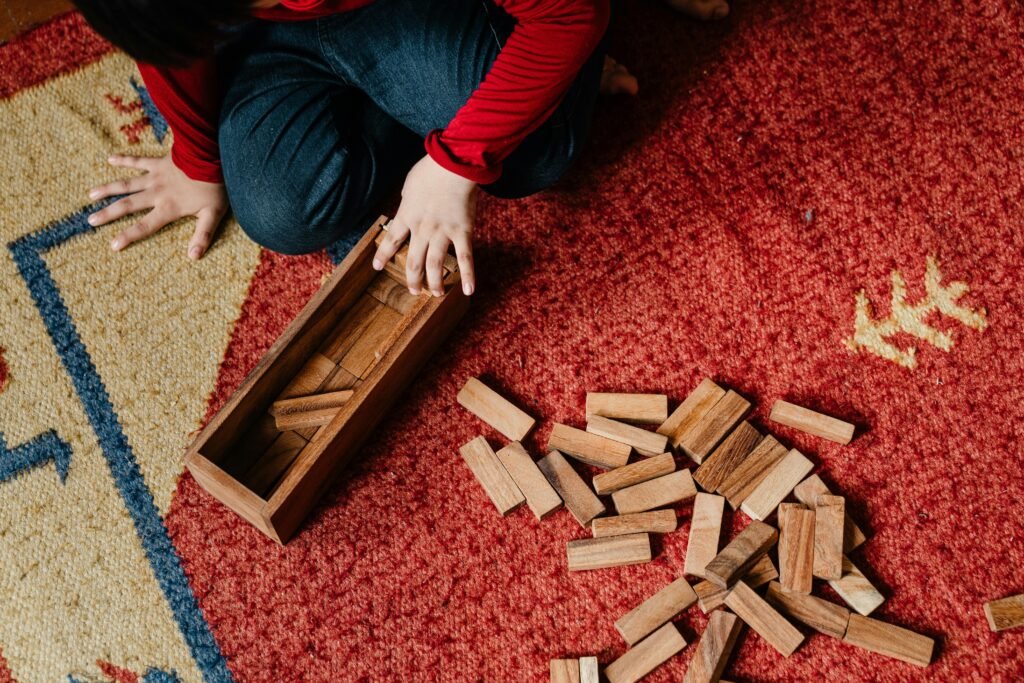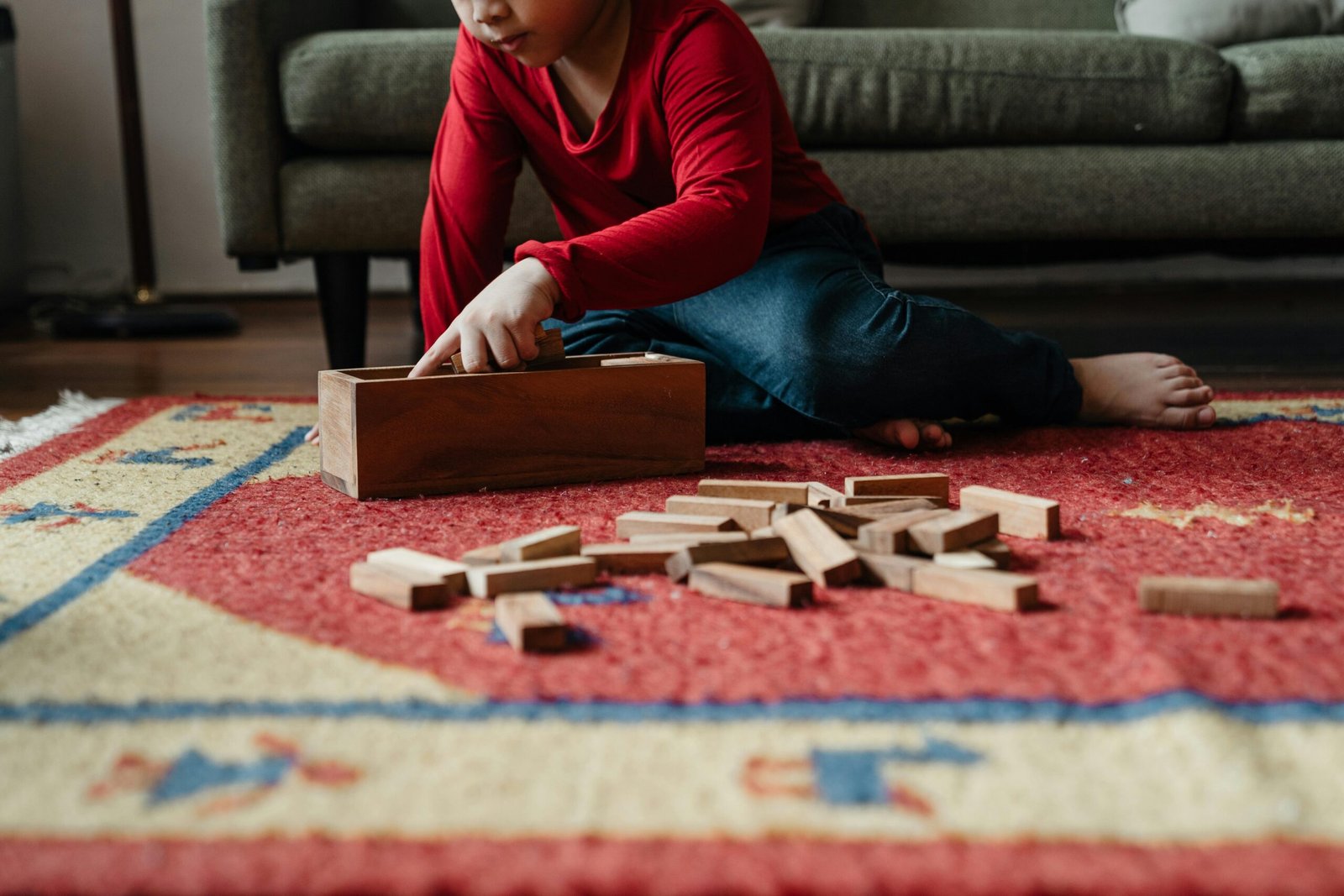Introducing children to engineering concepts at an early age can set the foundation for a lifetime of curiosity, creativity, and problem-solving skills. Model building is an excellent way to engage young minds in the principles of engineering in a fun and interactive way. Through simple model building activities, kids can learn essential concepts such as balance, symmetry, and stability—key elements in engineering that are fundamental to understanding how structures work. In this article, we’ll explore how parents can use model building to teach these important concepts and motivate their children to learn through play.
Why Teaching Engineering Concepts Early Matters
Engineering is all around us, from the buildings we live in to the bridges we cross and the technology we use daily. By introducing engineering concepts early, we help children develop a deeper understanding of the world and how things work. Learning these concepts through play not only makes the process enjoyable but also helps children retain what they learn.
When children engage in model building, they are doing much more than just assembling pieces—they are experimenting with concepts that will serve them well in the future. Here’s why it’s important to introduce these ideas at a young age:
- Develops Problem-Solving Skills: Engineering is all about finding solutions to problems. When children build models, they learn to think critically and solve challenges that arise during the process.
- Encourages Creativity and Innovation: Engineering isn’t just about following rules—it’s also about thinking creatively. By experimenting with different designs and solutions, children learn to innovate and approach problems from multiple angles.
- Builds Confidence: Successfully completing a model building project gives children a sense of accomplishment. This builds confidence and encourages them to take on more complex challenges in the future.
- Enhances Understanding of the Physical World: Learning about balance, symmetry, and stability through model building helps children understand how these principles apply to real-world structures, making them more observant and curious about their surroundings.
Fundamental Engineering Concepts to Teach Through Model Building
Now, let’s dive into some fundamental engineering concepts that you can introduce to your child through model building activities:
1. Balance
What It Is: Balance in engineering refers to the distribution of weight within a structure. A balanced structure is one where the weight is evenly distributed, preventing it from tipping over.
How to Teach It: Start with simple models like towers or bridges. Challenge your child to build a tower that stands upright without falling. You can explain that the pieces need to be placed in a way that keeps the structure steady. As they build, they’ll learn that distributing the weight evenly helps maintain balance.
Activity Idea: Have your child build a tower using different materials (blocks, cards, or even household items) and experiment with adding weight to different parts of the tower. They’ll quickly see how adding too much weight to one side can cause the tower to tip over.
2. Symmetry
What It Is: Symmetry in engineering refers to a structure’s balanced and proportionate arrangement, where parts are mirrored on either side of a central axis. Symmetrical designs are often more stable and aesthetically pleasing.
How to Teach It: Encourage your child to build symmetrical models, such as bridges or buildings. Explain that symmetry makes structures more stable and visually appealing. As they create, they’ll begin to understand the importance of even, mirrored designs.
Activity Idea: Challenge your child to build a bridge with symmetrical sides. You can use a piece of paper or a ruler as the centerline and ask them to make both sides look identical. Discuss how this symmetry helps distribute weight evenly and adds to the bridge’s stability.
3. Stability
What It Is: Stability refers to a structure’s ability to remain intact and resist collapsing when subjected to external forces like wind, weight, or movement. A stable structure is one that stays strong and secure under various conditions.
How to Teach It: Use model building to show how different designs can affect a structure’s stability. For example, a wide base generally makes a building more stable than a narrow one. As your child builds, talk about how the base, shape, and weight distribution affect the stability of their models.
Activity Idea: Build two different towers with your child—one with a wide base and one with a narrow base. Gently push each tower to see how much force it can withstand before it falls. This will demonstrate the importance of a solid foundation in maintaining stability.

Encouraging Your Child to Play and Learn Through Model Building
As a parent, you can play a crucial role in encouraging your child’s interest in engineering through model building. Here are some tips to help you motivate your child to explore these concepts:
- Create a Positive Learning Environment: Set up a space where your child can freely build and experiment. Provide them with a variety of materials and encourage them to try different designs. A supportive environment fosters creativity and a love for learning.
- Be Involved: Participate in the building process with your child. Ask questions, offer suggestions, and celebrate their successes. Your involvement shows that learning is a shared and enjoyable experience.
- Praise Effort, Not Just Results: Focus on the effort your child puts into their projects, rather than just the final outcome. Praise their problem-solving skills, creativity, and persistence, which will encourage them to keep exploring and learning.
- Introduce Real-World Connections: Help your child make connections between their models and real-world structures. Talk about how the concepts of balance, symmetry, and stability are used in buildings, bridges, and other structures they see every day.
- Encourage Experimentation: Encourage your child to experiment with different designs and solutions. Let them try out their ideas, even if they don’t always work. This trial-and-error approach is a crucial part of learning and developing problem-solving skills.

Teaching children basic engineering concepts through model building is a fun and effective way to introduce them to the world of science and technology. By exploring concepts like balance, symmetry, and stability, children not only develop a deeper understanding of how structures work but also enhance their creativity, problem-solving skills, and confidence.
As a parent, your encouragement and involvement can make a significant difference in how your child engages with these concepts. By providing them with opportunities to build, experiment, and learn through play, you’re helping them develop skills that will serve them well throughout their lives. So, grab some building materials, sit down with your child, and start exploring the fascinating world of engineering together—one model at a time!
